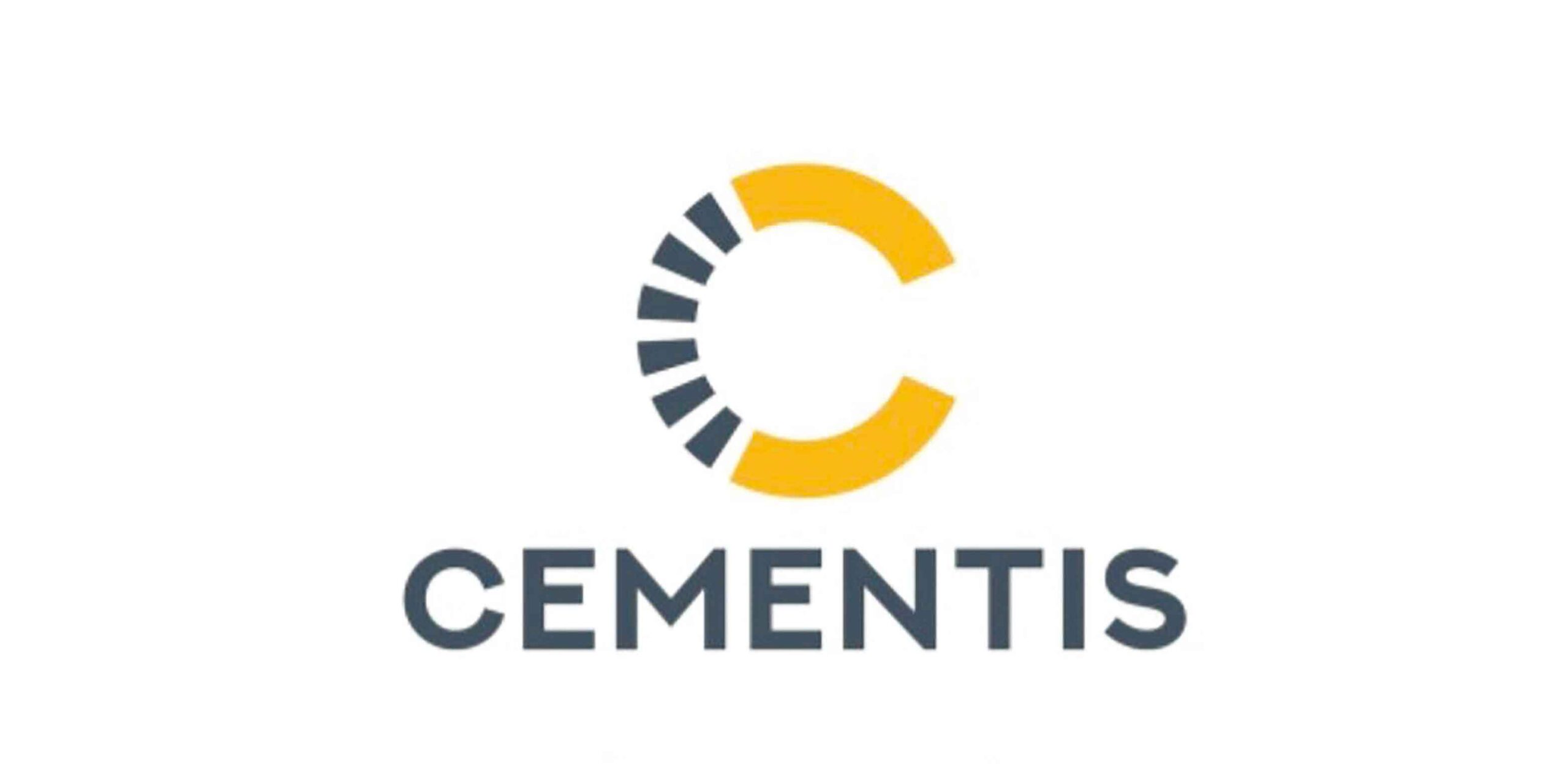The company Cementis Investment, filiale de Taylor Smith Investment (TSI), based in Mauritius, acquired the cement subsidiary of the former Lafarge (Maurice). In addition, the Cementis Indian Ocean company, also a subsidiary of TSI, acquired the subsidiaries of the former LafargeHolcim, Indian Ocean cluster in Reunion, Madagascar, Comoros and Mayotte. This opportunity presented itself when LafargeHolcim decided to withdraw from the Indian Ocean region..
Founded in 2021, The same year, Cementis acquired the Indian Ocean cluster from LafargeHolcim, main player in the cement industry in the region over the last 70 years. The majority shareholder of the Group is Taylor Smith Investment (TSI), Mauritian conglomerate well established in the region and already involved in the construction industries (paint manufacturing, sheet metal profiling, building accessories, engineering…) and in the cement industry since 2013. TSI has been a shareholder of Lafarge Maurice since 2012 and a member of its board of directors.. A new entity is therefore created which brings together subsidiaries renamed Cementis (Meeting), cemented (Mauritius), cemented (Madagascar), cemented (Mayotte), and cement (Comoros). The acquisition of Lafarge Seychelles is progressing and should be completed within a few months. Besides a new name, the Group displays a new visual identity and new colors. A new CEO has also been appointed in the person of Chris Harker. He has more than 20 years of experience in the cement industry., having notably worked for recognized companies such as Blue Circle and Italcementi, to which is added his experience in mergers and acquisitions. Xavier Legrand assumes the position of general manager of Cementis in Reunion. Cementis thus wants to be a group “with a strong regional identity, focused on innovation and excellence, and aiming to contribute significantly to progress in the islands of our region”. As a regional entity, Cementis advocates sustainable development, inclusive, and respect for the environment. The Group displays, as a goal, to establish “even stronger links between the territories of the Indian Ocean, with developments and exchanges of ideas, to help strengthen the economies of island nations and thus help advance our region. »
Product names remain the same
Now leader in the production and distribution of cement and cementitious materials in the region, Cementis’ priority is to ensure a smooth transition and continuity of operations “under the best conditions”. Continuation of activities, measures and commitments, both at the level of employees and structures, is assured. Maintaining the quality of services, solutions and products offered by the Cementis Group will be followed by new investments and projects to establish the leadership position of the subsidiaries in the region, through the development of product ranges adapted to the specificities, needs and demands of each market. The names of Cementis cement products remain the same in each of its territories : Volcano & Kosto in Reunion, Baobab in Mauritius, Lova, Orimbato and Manda in Madagascar, Hodari in Comoros and Mayotte. Cementis cement bags will continue to carry, while available stocks last, the Holcim brand in Reunion and Madagascar and Lafarge in Mauritius, in the Comoros and Mayotte. They will be, gradually, replaced by bags bearing the Cementis logo.

Regional identity highlighted
500 employees, 1 000 clients, five cement terminals, an integrated factory, a boryage station, a precast concrete factory, three concrete plants : these are the key figures of the new regional cement group. Colin Taylor, Chairman of the Board of Directors of Cementis Indian Ocean : “The companies that have been acquired are all financially solid in addition to having a unique geographic positioning. Furthermore, all Group subsidiaries are managed by experienced teams. » Chris Harker, CEO of Cementis Indian Ocean : “Our promise as a responsible cement supplier, is to continue to support the construction of our cities and villages, and the protection of our islands, while minimizing our ecological footprint at each stage of our development. »














